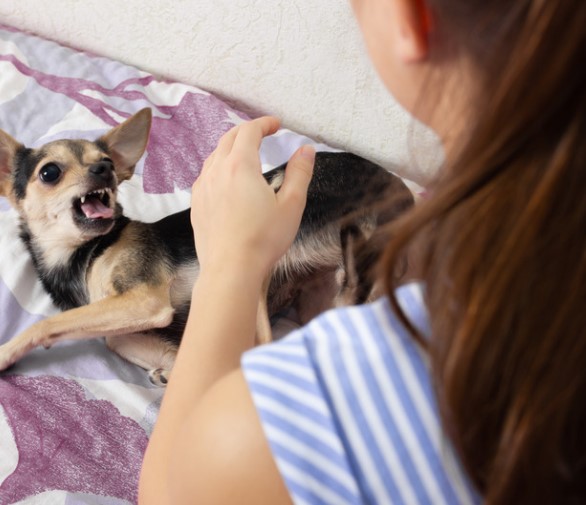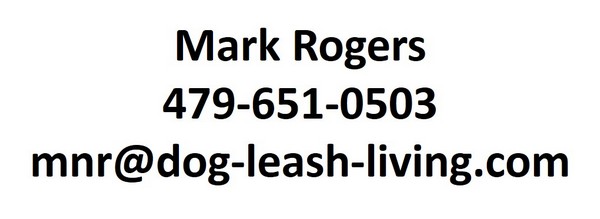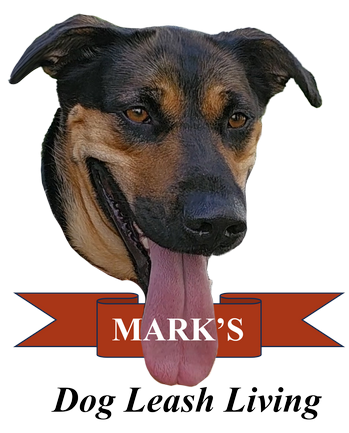
“When you’re teaching new behaviors, then the outcome strongly affects the behavior.” ~Michael Ellis
That is referring to a dog’s behavior being affected during the learning phase (not yet habitual) of anything, whether it is positive (desired), or negative (undesirable) behavior.
It’s at this early stage of behavior that typical mild guidance and rewards are most effective at modifying behavior. The reward is the ‘outcome’ for the dog.
The dog responds readily to the reward as an ‘outcome’ of its actions.
If The Behavior Goes On For Too Long
“If they (the dogs) practice it (the behavior) enough, Pavlov kicks in and the stimulus, the original que for the behavior, the thing that launched that whole sequence, begins to directly affect the response. And outcomes cease to have the same influence on them anymore.” ~Michael Ellis (Parentheses mine)
In simple terms, that means that if a dog is allowed to continue a behavior long enough it becomes habitual. Then it is no longer subject to the effectiveness of rewards and mild pressure.
This is where the majority of people bring their dogs to trainers for some kind of what they consider ‘bad behavior’. That can be anything from annoying to definably dangerous.
Big lesson here is, if you have the opportunity to deal with a dog or puppy’s behavior early, do it.
If not, the consequence downstream from that, after the dog has done it over and over, is a much more difficult task to curtail their behavior.
Because at that point it has reached a stage where it is embedded in their compulsive responses to whatever stimulus causes it.
And it becomes a much longer process, with more intense correction to reduce or stop the behavior.
Here’s to your best life with your dog.

